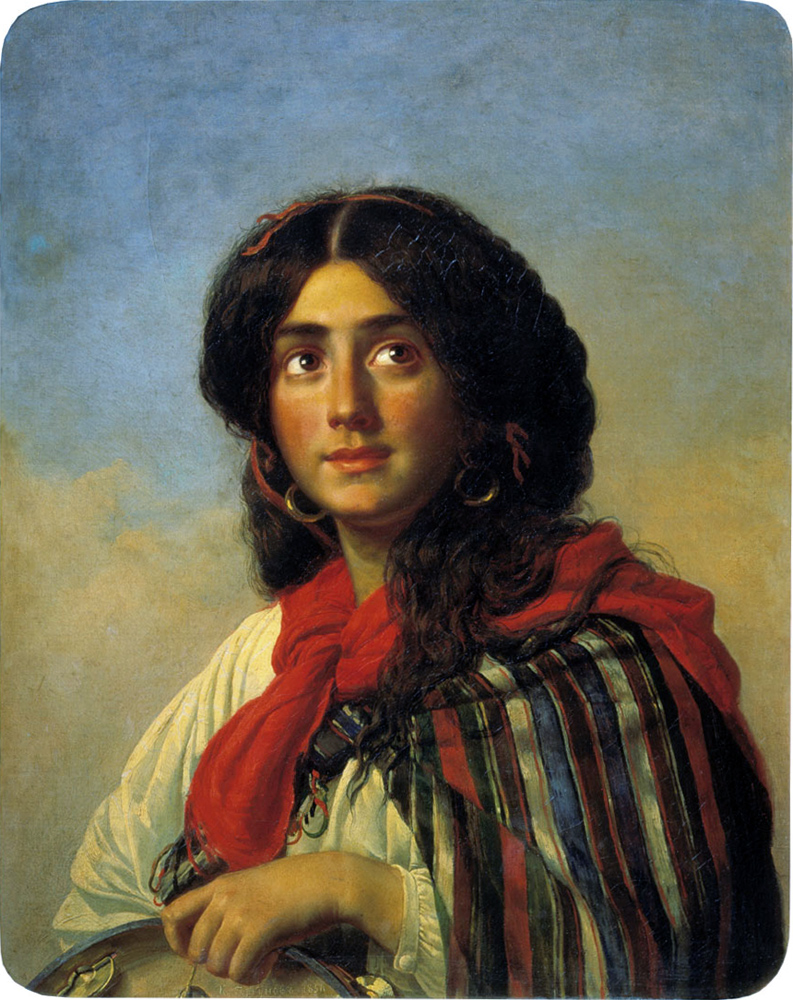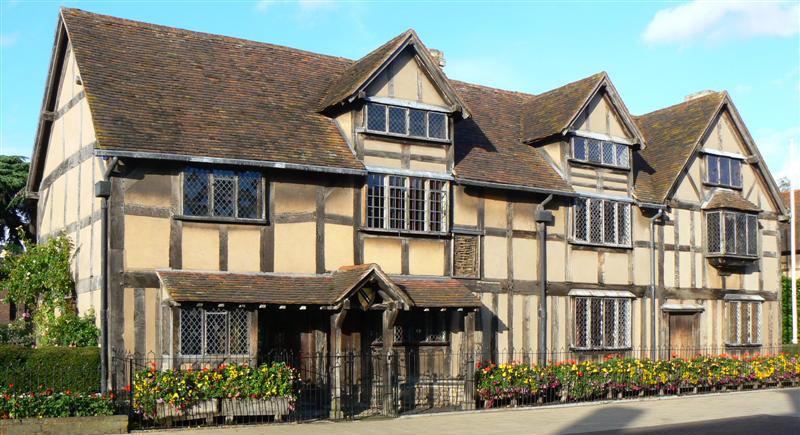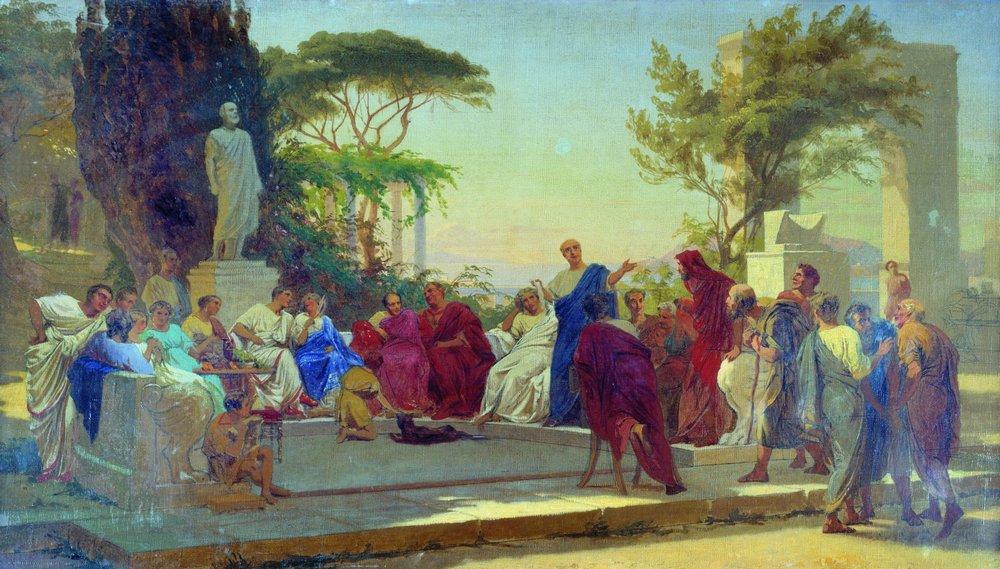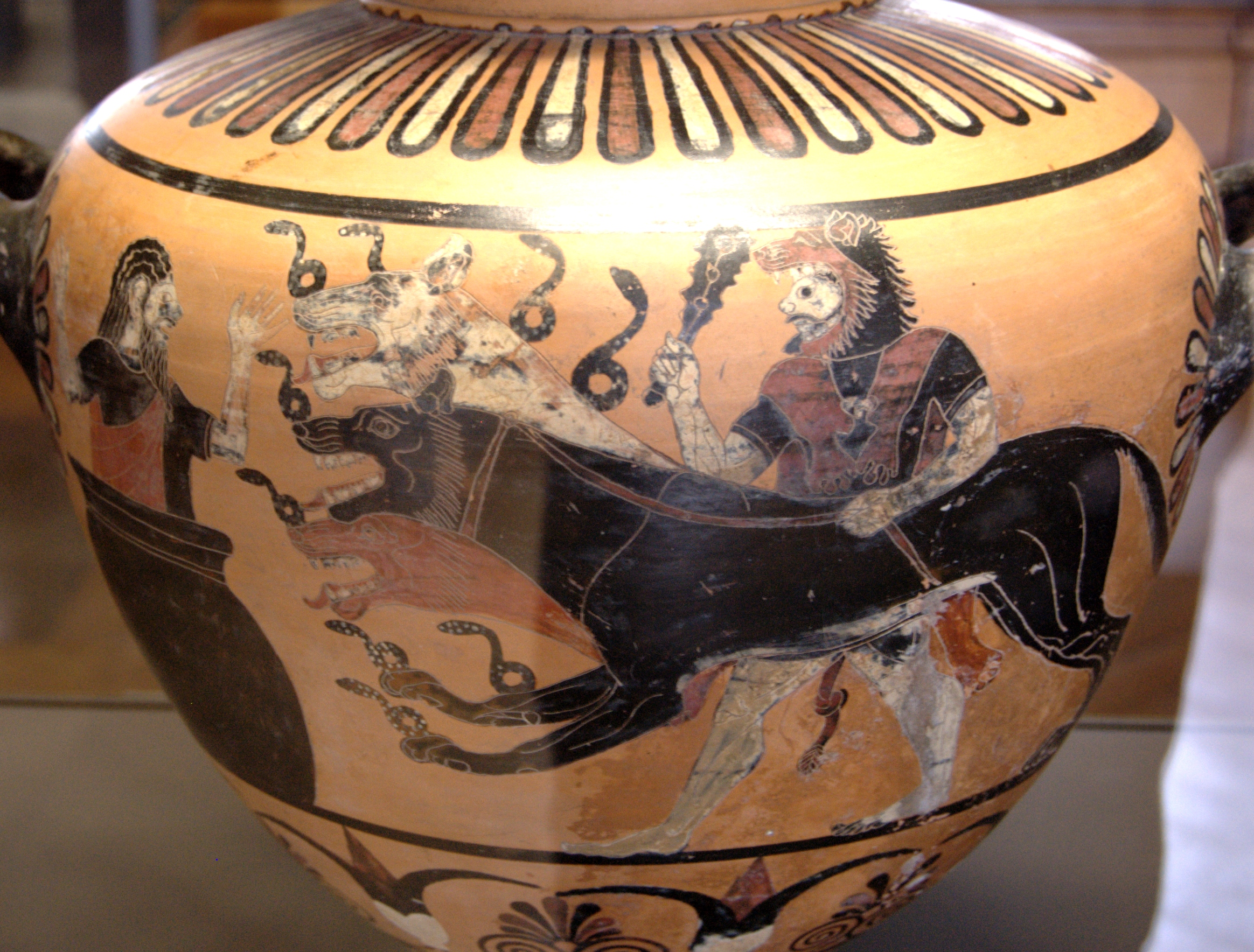|
Fifine At The Fair
''Fifine at the Fair'' is a poem in Alexandrine couplets by Robert Browning, published in 1872.Birch, ed. 2009. Analysis Prologue In the prologue, the poet compares himself to the swimmer who exchanges the solid earth for the free medium of the sea, and, while he floats and meditates, sees above him a glorious butterfly, which has likewise changed its sphere of life from that of a worm on the ground to a denizen of the air. By a natural transition he extends the comparison to a departed soul, freed from the trammels of terrestrial life and transferred to a more elevated existence. In speculating, however, upon those mutations, he professes that he "both lives and likes life's way". Substituting poetry for heaven, he apostrophises a soul which has heaven for its home.''Liverpool Mercury'' 20-08-1872, p. 8. He concludes by asking— In those concluding words he intimates that, amidst his poetical flights, he always keeps practical ends in view; and that the ruling subject of ... [...More Info...] [...Related Items...] OR: [Wikipedia] [Google] [Baidu] |
Robert Browning
Robert Browning (7 May 1812 – 12 December 1889) was an English poet and playwright whose dramatic monologues put him high among the Victorian poets. He was noted for irony, characterization, dark humour, social commentary, historical settings and challenging vocabulary and syntax. His early long poems ''Pauline'' (1833) and ''Paracelsus'' (1835) were acclaimed, but his reputation dwindled for a time – his 1840 poem ''Sordello'' was seen as wilfully obscure – and took over a decade to recover, by which time he had moved from Shelleyan forms to a more personal style. In 1846 he married fellow poet Elizabeth Barrett and moved to Italy. By her death in 1861 he had published the collection ''Men and Women'' (1855). His ''Dramatis Personae'' (1864) and book-length epic poem '' The Ring and the Book'' (1868–1869) made him a leading poet. By his death in 1889 he was seen as a sage and philosopher-poet who had fed into Victorian social and political discourse. Societie ... [...More Info...] [...Related Items...] OR: [Wikipedia] [Google] [Baidu] |
Mithymna
Mithymna () ( el, Μήθυμνα, also sometimes spelled ''Methymna'') is a town and former municipality on the island of Lesbos, North Aegean, Greece. Since the 2019 local government reform it is part of the municipality of West Lesbos, of which it is a municipal unit. Before 1919, its official name was Μόλυβος - Molyvos; that name dates back to the end of the Byzantine Era, but is still in common use today. Geography It is located NE of Eressos, N of Plomari and NW of Mytilene. The town (pop. 1,399 at 2011 census) is on the northern part of the island, just some 6 km north of the popular beach town of Petra. One of the most noticeable features of the town is the old Genoese fortress on the hill in the middle of the town. The town's agora is located on the uphill road to the fortress and is popular among tourists, with many historic shops, cafés and restaurants. The municipal unit of Míthymna stretches eastward from the town along the northern part of the ... [...More Info...] [...Related Items...] OR: [Wikipedia] [Google] [Baidu] |
William Shakespeare
William Shakespeare ( 26 April 1564 – 23 April 1616) was an English playwright, poet and actor. He is widely regarded as the greatest writer in the English language and the world's pre-eminent dramatist. He is often called England's national poet and the " Bard of Avon" (or simply "the Bard"). His extant works, including collaborations, consist of some 39 plays, 154 sonnets, three long narrative poems, and a few other verses, some of uncertain authorship. His plays have been translated into every major living language and are performed more often than those of any other playwright. He remains arguably the most influential writer in the English language, and his works continue to be studied and reinterpreted. Shakespeare was born and raised in Stratford-upon-Avon, Warwickshire. At the age of 18, he married Anne Hathaway, with whom he had three children: Susanna, and twins Hamnet and Judith. Sometime between 1585 and 1592, he began a successful career in London as an ... [...More Info...] [...Related Items...] OR: [Wikipedia] [Google] [Baidu] |
Elizabeth Barrett Browning By Michele Gordigiani 1858
Elizabeth or Elisabeth may refer to: People * Elizabeth (given name), a female given name (including people with that name) * Elizabeth (biblical figure), mother of John the Baptist Ships * HMS ''Elizabeth'', several ships * ''Elisabeth'' (schooner), several ships * ''Elizabeth'' (freighter), an American freighter that was wrecked off New York harbor in 1850; see Places Australia * City of Elizabeth ** Elizabeth, South Australia * Elizabeth Reef, a coral reef in the Tasman Sea United States * Elizabeth, Arkansas * Elizabeth, Colorado * Elizabeth, Georgia * Elizabeth, Illinois * Elizabeth, Indiana * Hopkinsville, Kentucky, originally known as Elizabeth * Elizabeth, Louisiana * Elizabeth Islands, Massachusetts * Elizabeth, Minnesota * Elizabeth, New Jersey, largest city with the name in the U.S. * Elizabeth City, North Carolina * Elizabeth (Charlotte neighborhood), North Carolina * Elizabeth, Pennsylvania * Elizabeth Township, Pennsylvania (other) * Elizabeth, We ... [...More Info...] [...Related Items...] OR: [Wikipedia] [Google] [Baidu] |
Gyula Aggházy Tanzvergnügen Am Markttag 1882
Gyula may refer to: * Gyula (title), Hungarian title of the 9th–10th century * Gyula (name), Hungarian male given name, derived from the title ; People * Gyula II, the ''gyula'' who was baptized in Constantinople around 950 * Gyula III, the ''gyula'' who was defeated by King Stephen I around 1003 ; Places * Gyula, Hungary, town in Hungary * Gyulaháza, village in Hungary * Gyulakeszi, village in Hungary * , Hungarian name of Alba Iulia, Romania {{disambiguation, hn, geo ... [...More Info...] [...Related Items...] OR: [Wikipedia] [Google] [Baidu] |
Evolution
Evolution is change in the heritable characteristics of biological populations over successive generations. These characteristics are the expressions of genes, which are passed on from parent to offspring during reproduction. Variation tends to exist within any given population as a result of genetic mutation and recombination. Evolution occurs when evolutionary processes such as natural selection (including sexual selection) and genetic drift act on this variation, resulting in certain characteristics becoming more common or more rare within a population. The evolutionary pressures that determine whether a characteristic is common or rare within a population constantly change, resulting in a change in heritable characteristics arising over successive generations. It is this process of evolution that has given rise to biodiversity at every level of biological organisation, including the levels of species, individual organisms, and molecules. The theory of evol ... [...More Info...] [...Related Items...] OR: [Wikipedia] [Google] [Baidu] |
Carnaval (Schumann)
''Carnaval'', Op. 9, is a work by Robert Schumann for piano solo, written in 1834–1835 and subtitled ''Scènes mignonnes sur quatre notes'' (Little Scenes on Four Notes). It consists of 21 short pieces representing masked revelers at Carnival, a festival before Lent. Schumann gives musical expression to himself, his friends and colleagues, and characters from improvised Italian comedy (''commedia dell'arte''). He dedicated the work to the violinist Karol Lipiński. Background ''Carnaval'' had its origin in a set of variations on a ''Sehnsuchtswalzer'' by Franz Schubert, whose music Schumann had only discovered in 1827. The catalyst for writing the variations may have been a work for piano and orchestra by Schumann's close friend Ludwig Schuncke, a set of variations on the same Schubert theme. Schumann felt that Schuncke's heroic treatment was an inappropriate reflection of the tender nature of the Schubert piece, so he set out to approach his variations in a more intimate ... [...More Info...] [...Related Items...] OR: [Wikipedia] [Google] [Baidu] |
Robert Schumann
Robert Schumann (; 8 June 181029 July 1856) was a German composer, pianist, and influential music critic. He is widely regarded as one of the greatest composers of the Romantic era. Schumann left the study of law, intending to pursue a career as a virtuoso pianist. His teacher, Friedrich Wieck, a German pianist, had assured him that he could become the finest pianist in Europe, but a hand injury ended this dream. Schumann then focused his musical energies on composing. In 1840, Schumann married Friedrich Wieck's daughter Clara Wieck, after a long and acrimonious legal battle with Friedrich, who opposed the marriage. A lifelong partnership in music began, as Clara herself was an established pianist and music prodigy. Clara and Robert also maintained a close relationship with German composer Johannes Brahms. Until 1840, Schumann wrote exclusively for the piano. Later, he composed piano and orchestral works, and many Lieder (songs for voice and piano). He composed four symp ... [...More Info...] [...Related Items...] OR: [Wikipedia] [Google] [Baidu] |
Horace
Quintus Horatius Flaccus (; 8 December 65 – 27 November 8 BC), known in the English-speaking world as Horace (), was the leading Roman lyric poet during the time of Augustus (also known as Octavian). The rhetorician Quintilian regarded his '' Odes'' as just about the only Latin lyrics worth reading: "He can be lofty sometimes, yet he is also full of charm and grace, versatile in his figures, and felicitously daring in his choice of words."Quintilian 10.1.96. The only other lyrical poet Quintilian thought comparable with Horace was the now obscure poet/metrical theorist, Caesius Bassus (R. Tarrant, ''Ancient Receptions of Horace'', 280) Horace also crafted elegant hexameter verses ('' Satires'' and '' Epistles'') and caustic iambic poetry ('' Epodes''). The hexameters are amusing yet serious works, friendly in tone, leading the ancient satirist Persius to comment: "as his friend laughs, Horace slyly puts his finger on his every fault; once let in, he plays about the heartst ... [...More Info...] [...Related Items...] OR: [Wikipedia] [Google] [Baidu] |
Odes (Horace)
The ''Odes'' ( la, Carmina) are a collection in four books of Latin lyric poems by Horace. The Horatian ode format and style has been emulated since by other poets. Books 1 to 3 were published in 23 BC. A fourth book, consisting of 15 poems, was published in 13 BC. The ''Odes'' were developed as a conscious imitation of the short lyric poetry of Greek originals – Pindar, Sappho and Alcaeus are some of Horace's models. His genius lay in applying these older forms to the social life of Rome in the age of Augustus. The ''Odes'' cover a range of subjects – Love, Friendship, Wine, Religion, Morality, Patriotism; poems of eulogy addressed to Augustus and his relations; and verses written on a miscellany of subjects and incidents, including the uncertainty of life, the cultivation of tranquility and contentment, and the observance of moderation or the " golden mean." The ''Odes'' have been considered traditionally by English-speaking scholars as purely literary works. Recent ev ... [...More Info...] [...Related Items...] OR: [Wikipedia] [Google] [Baidu] |
Taenarum (town)
Taenarum or Tainaron (Ταίναρον) or Taenarus or Tainaros (Ταίναρος) was a town of ancient Laconia, situated at the distance of 40 stadia, or , north of the isthmus of the Taenarian Peninsula (modern day Cape Matapan). A cavern near Tenarus was considered the entrance to the Greek underworld, through which Heracles dragged Cerberus in his 12th labor, and also through which Orpheus led Eurydice back among the living. Through this association the infernal world was often styled "Tenarus" among classicist writers. Taenarum was famous for a green marble much prized in the ancient world, as well as the purple snail that yielded the prized Lacedaemonian Purple dye. It was also famous for valuable marble ( lat, Marmor Taenarium), known for its red and black elements. Taenarum, was also the seat of a bishop; no longer a resident see, it remains a titular see, suffragan of Corinth, in the Roman Catholic Church The Catholic Church, also known as the Roman Catholic ... [...More Info...] [...Related Items...] OR: [Wikipedia] [Google] [Baidu] |





